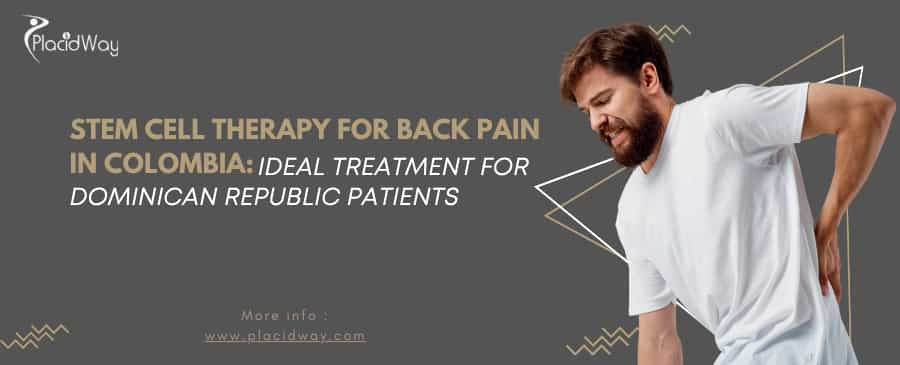
Colombia has emerged as a premier destination for regenerative medicine, offering Dominican Republic (DR) patients a high-quality, cost-effective, and minimally invasive alternative to traditional back surgery for chronic pain.
Chronic lower back pain affects millions globally and is a leading cause of disability. For patients in the Dominican Republic seeking advanced treatment, navigating high local costs or the rigorous visa requirements of US clinics can be daunting. Colombia provides a scientifically-backed solution, combining state-of-the-art medical technology with significant cost savings, making it an ideal choice for regenerative medicine. This comprehensive guide, optimized for the medical tourism market, explores why Colombia is the go-to country for stem cell therapy for chronic back pain, particularly for patients seeking proximity, quality, and affordability.
Key Takeaways
-
Patients from the Dominican Republic can typically save 50%–70% on the total cost of stem cell therapy compared to the United States.
-
Colombia's clinics utilize advanced protocols, including Mesenchymal Stem Cells (MSCs) derived from sources like umbilical cord tissue (Wharton’s Jelly) or the patient's own bone marrow or adipose tissue.
-
The therapy is a minimally invasive, outpatient procedure that targets the root cause of pain—such as degenerative disc disease or facet joint arthritis—offering a faster, easier recovery than major spinal surgery.
|
Procedure/Location |
Estimated Cost Range (USD) |
Savings vs. US (Approx.) |
|---|---|---|
|
Colombia (Stem Cell Therapy for Back Pain) |
$4,000 – $14,000 |
50% - 70% |
|
Mexico (Stem Cell Therapy for Back Pain) |
$4,500 – $15,000 |
50% - 70% |
|
Turkey (Stem Cell Therapy for Back Pain) |
$3,500 – $15,000 |
50% - 75% |
|
United States (Stem Cell Therapy for Back Pain) |
$20,000 – $50,000+ |
N/A |
Visual Placeholder: High-quality image of a modern, accredited clinic exterior in Medellín or Bogotá.
Understanding Stem Cell Therapy for Chronic Spinal Conditions
Stem cell therapy utilizes the body's natural healing mechanisms by injecting highly potent, regenerative cells directly into damaged spinal tissue, promoting tissue repair and reducing chronic inflammation.
Stem cell therapy falls under the umbrella of regenerative medicine, focusing on stimulating the body to heal itself. For back pain, the primary targets are conditions like degenerative disc disease (DDD), herniated discs, and facet joint syndrome, which cause pain by damaging cartilage and tissue and triggering inflammatory responses.
The Mechanism of Mesenchymal Stem Cells (MSCs)
The most common cells used for orthopedic issues are Mesenchymal Stem Cells (MSCs). These powerful cells have three core functions that provide relief from chronic pain:
-
Regeneration: MSCs can differentiate into specialized cells, such as those that form cartilage and bone, helping to regenerate the central structure of the spinal disc.
-
Immunomodulation: They possess powerful anti-inflammatory properties, secreting cytokines that actively suppress the inflammatory response that often perpetuates chronic back pain.
-
Homing: After injection, these cells are naturally drawn to areas of injury and inflammation, ensuring targeted delivery to the damaged tissue in the spine.
This minimally invasive approach offers a biological solution that addresses the root cause of the structural deterioration, rather than just masking the symptoms or surgically removing the damaged parts.
Did You Know? Colombia's regulatory framework allows for the use of ethically sourced, allogeneic (donor) stem cells (often from umbilical cord tissue), which can be expanded in certified laboratories to achieve much higher cell counts than typically possible with a patient's own autologous cells. Higher cell count generally translates to higher therapeutic potential.
Why Colombia is the Ideal Medical Tourism Destination
Colombia boasts internationally accredited hospitals and clinics specializing in regenerative medicine, offering world-class care, expert physicians, and logistical convenience for patients traveling from the Caribbean.
Colombia has strategically positioned itself as a major player in global medical tourism, especially in cities like Medellín (known as the "City of Eternal Spring") and Bogotá. This success is rooted in quality, not just cost.
Accreditation, Expertise, and Clinical Standards
Colombian clinics that cater to international patients often hold prestigious accreditations that signify a commitment to global standards of care.
-
International Accreditation: Many top facilities are accredited by organizations like the Joint Commission International (JCI) or adhere to strict regulatory standards enforced by INVIMA (Colombia’s FDA equivalent), ensuring safety and quality in biotechnology and cell processing.
-
Expert Insight: Colombian doctors specializing in regenerative and orthopedic medicine are often US or European-trained, combining international expertise with local efficiency. They are proficient in ultrasound-guided or fluoroscopy-guided injections, ensuring precise treatment delivery to the affected spinal area.
Proximity and Logistical Ease for Dominican Patients
For patients in the Dominican Republic, choosing Colombia offers major logistical advantages over destinations like Mexico, Turkey, or the US.
-
Short Flight Times: Direct flights from Santo Domingo (SDQ) to Bogotá (BOG) or Medellín (MDE) are short, minimizing travel stress, which is crucial for individuals already dealing with severe back pain.
-
Cultural and Language Comfort: Shared cultural elements and the Spanish language eliminate the need for constant, dedicated translation services, although high-end clinics typically provide dedicated bilingual patient coordinators.
-
Concierge Services: Top Colombian clinics often include comprehensive package pricing covering airport transfers, local accommodation, and dedicated concierge support, streamlining the entire patient journey.
Candidacy and Patient Selection Criteria
The ideal candidate for stem cell therapy is typically suffering from moderate to severe chronic low back pain caused by disc degeneration or joint arthritis, who has failed to achieve lasting relief from conservative treatments.
Stem cell therapy is not a one-size-fits-all solution. Clinics employ rigorous screening to ensure the treatment is likely to be effective and safe for the patient.
Conditions Best Treated with Regenerative Cells
The most responsive conditions for stem cell therapy in the spine include:
-
Degenerative Disc Disease (DDD): Where the spinal discs lose hydration and height, causing pain and instability.
-
Herniated or Bulging Discs: When the soft inner part of the disc pushes out, causing nerve compression.
-
Facet Joint Syndrome/Arthritis: Inflammation and wear and tear in the small joints connecting the vertebrae.
-
Chronic Ligament and Tendon Injuries: Tears or strains around the spine that contribute to chronic instability.
Fact and Figures: Clinical trials have shown that patients receiving intradiscal MSC injections report significant improvements in pain scores (Visual Analog Scale) and disability indices (Oswestry Disability Index) that are sustained for up to one to two years post-treatment.
Exclusion Criteria
Patients are generally not candidates if they have:
-
Active infection or sepsis.
-
Certain types of cancer or malignancy.
-
Severe coagulation disorders.
-
Spinal instability requiring surgical fusion.
-
Severe, permanent nerve damage (e.g., foot drop or cauda equina syndrome).
The initial virtual consultation with a Colombian specialist, often based on reviewing the patient’s MRI scans and medical history, is crucial for determining candidacy.
The Stem Cell Procedure and Recovery Pathway
The stem cell injection process is a rapid, outpatient procedure, allowing patients to return to the Dominican Republic quickly; full biological healing and pain reduction occur gradually over several months.
The procedure is highly standardized and designed for efficiency and safety.
What to Expect During the Treatment
- Cell Harvesting (Autologous only): If using the patient's own cells (autologous stem cells), a small amount of bone marrow (from the hip) or adipose tissue (fat) is harvested under local anesthesia. This takes about 30–60 minutes.
- Cell Processing: The harvested tissue is processed in a certified laboratory using a centrifuge to isolate and concentrate the MSCs and other growth factors (PRP). For allogeneic treatments, the cells are thawed and prepared from the donor source.
- Precise Injection: The physician uses advanced imaging (fluoroscopy or ultrasound) to guide a fine needle directly into the targeted area—whether the core of a damaged disc (intradiscal injection) or an arthritic facet joint. This ensures the regenerative cells are placed exactly where they are needed. The injection itself takes only minutes.
Post-Treatment Care and Recovery Timeline
Recovery from stem cell injection is drastically shorter and easier than recovery from traditional back surgery.
|
Phase |
Timeline |
Activities and Focus |
|---|---|---|
|
Immediate Rest |
Day 1–3 post-injection |
Rest the treated area; avoid strenuous activity. Ice the injection site for any localized pain or swelling. Crucially: Avoid NSAIDs (Ibuprofen, Naproxen), as they can inhibit stem cell function. |
|
Early Mobility |
Week 1–2 |
Gentle, low-impact movement (light walking). Focus on managing inflammation with natural remedies or prescribed pain relievers (non-NSAID). |
|
Rehabilitation Focus |
Weeks 3–8 |
Begin targeted, no-impact exercise (e.g., swimming, elliptical). Physical therapy is often initiated to rebuild core strength and stability, crucial for supporting the newly regenerating tissue. |
|
Full Effect |
Months 3–6 |
The stem cells are most potent. Significant pain relief and improved mobility are typically observed as the damaged tissue heals and inflammation resolves. |
Detailed Cost Analysis and Package Inclusions
The total cost of stem cell therapy in Colombia is highly competitive, offering cost savings of up to 70% compared to US prices, often through transparent, all-inclusive medical packages.
The cost of regenerative medicine treatment depends heavily on the source of the cells, the total cell count administered, and the number of treatment areas (e.g., treating two adjacent discs).
Comparative Cost Table for Back Pain Treatment
The table below illustrates the typical price range for stem cell therapy for orthopedic injuries across major medical tourism hubs, demonstrating Colombia's value proposition.
|
Procedure (Orthopedic/Spine) |
Colombia (USD) |
Dominican Republic (Local Private) (USD) |
Turkey (USD) |
United States (USD) |
|---|---|---|---|---|
|
Single Intradiscal Injection (Autologous) |
$4,000 – $7,000 |
$8,000 – $15,000 |
$3,500 – $6,000 |
$15,000 – $30,000 |
|
Complex Protocol (Allogeneic/High Dose) |
$8,000 – $14,000 |
$16,000 – $25,000 |
$7,000 – $15,000 |
$30,000 – $50,000+ |
|
Estimated Savings (DR to Colombia) |
— |
40% – 60% |
— |
65% – 85% |
What is Included in PlacidWay’s Recommended Packages?
PlacidWay partner clinics in Colombia offer all-inclusive packages to ensure transparency and ease for international patients, often including:
-
Medical Services: Surgeon and specialist consultation fees, the actual stem cell injection procedure, facility fees, and pre-treatment assessments (e.g., lab work).
-
Regenerative Materials: The cost of stem cell harvesting, processing, expansion, and the final cell dose (high-quality passage 2-3 stem cells).
-
Travel Logistics: VIP airport transfers, 3–5 nights of local accommodation (often in 4-star hotels), and transportation between the hotel and clinic.
-
Patient Support: Dedicated bilingual patient coordinator for seamless communication and emotional support throughout the stay.
-
Follow-up: Post-treatment physical therapy recommendations and virtual follow-up appointments with the specialist.
Safety, Risks, and Ethical Considerations
Stem cell therapy, particularly using autologous cells or ethically sourced umbilical cord-derived MSCs, is generally considered very safe, but patients must choose regulated clinics to minimize the rare risks associated with any injection.
Unlike major spinal surgery, which carries significant risks (infection, nerve damage, failed fusion), stem cell therapy is minimally invasive and utilizes the body's own materials (or carefully screened donor materials).
Potential Side Effects and Safety Profile
The most common side effects are mild and temporary:
-
Injection Site Discomfort: Temporary pain, swelling, or bruising at the site where the cells were harvested or injected, resolving within a few days.
-
Systemic Symptoms: Rarely, some patients experience mild flu-like symptoms (low-grade fever, chills, or headache) if intravenous (IV) infusions are administered, typically lasting less than 24 hours.
Expert Insight: The low risk of complications is attributed to the use of Mesenchymal Stem Cells (MSCs), which are immunoprivileged. This means the risk of immune rejection, even with donor (allogeneic) cells, is extremely low, eliminating a major safety concern associated with other transplants.
Navigating Regulation and Quality
The key to a safe outcome is selecting a fully licensed and regulated clinic.
-
Regulation Check: Always verify that the clinic and its cell processing laboratory (if separate) are licensed by the Colombian authorities (INVIMA) and adhere to Good Manufacturing Practice (GMP) standards.
-
Cell Viability and Count: Trustworthy clinics will provide documentation proving the cell viability (the percentage of living cells) and the total cell count administered, ensuring the patient receives a therapeutic dose.
Frequently Asked Questions (FAQ)
Here are the high-search-volume questions often found in Google's "People Also Ask" section regarding regenerative medicine for spinal pain:
How long does the pain relief last after stem cell therapy for back pain?
Pain relief is often long-lasting because the therapy aims to repair tissue rather than just block pain. While individual results vary, many patients report significant relief for 1 to 3 years or longer. The goal is tissue repair, which provides durable, functional improvement.
Is stem cell therapy for degenerative disc disease approved in the US?
While some clinical trials are underway, most stem cell treatments for orthopedic conditions like DDD are not yet fully FDA-approved or covered by insurance in the United States. This regulatory status is a key reason patients seek treatment in countries like Colombia, where protocols are offered under different, but still regulated, medical frameworks.
What is the success rate of stem cell therapy for lower back pain?
Reported success rates in specialized Colombian clinics for well-selected patients often range from 70% to 85% in terms of significant pain reduction and functional improvement. Success depends heavily on the severity of the condition, cell dosage, and adherence to post-treatment physical therapy.
How is the stem cell injection performed for a herniated disc?
The injection is a precise, minimally invasive outpatient procedure. The physician uses fluoroscopy (real-time X-ray guidance) or ultrasound to thread a fine needle to the exact location of the herniated disc. Once confirmed, the concentrated stem cells are slowly injected to maximize contact with the damaged tissue.
How soon can I fly back to the Dominican Republic after the procedure?
Most patients are cleared to travel by air within 24 to 48 hours after the procedure. Because the treatment is minimally invasive, the immediate downtime is short. However, PlacidWay generally recommends a 3- to 5-day stay in Medellín or Bogotá to ensure initial post-treatment stability before flying.
Does insurance from the Dominican Republic or the US cover stem cell therapy in Colombia?
Currently, most domestic or international private insurance policies (including those in the Dominican Republic and Medicare/Medicaid in the US) consider these treatments experimental or unproven, meaning coverage is highly unlikely. Stem cell therapy is typically paid for out-of-pocket, which is why the significant cost savings in Colombia are so appealing.
Can I avoid spinal fusion surgery by getting stem cell therapy?
For many patients with moderate degenerative disc disease or early facet joint arthritis, stem cell therapy offers a viable path to pain relief and tissue stabilization, potentially delaying or entirely preventing the need for major, irreversible procedures like spinal fusion surgery. It is often recommended as a first-line alternative to surgery.
PlacidWay's Gateway to Colombian Regenerative Medicine
PlacidWay empowers patients from the Dominican Republic and around the globe to access the highest standards of regenerative care in Colombia. We partner exclusively with JCI-accredited and locally licensed clinics specializing in stem cell therapy for chronic back pain.
We ensure a seamless, transparent journey, handling all logistics from quote comparison to final follow-up. Don't let chronic pain limit your life or face the prohibitive costs of US healthcare.
Ready to Eliminate Chronic Back Pain?
Compare Top Colombian Stem Cell Protocols with PlacidWay Today.
Start Your Free, Personalized Consultation:
- Send Your MRI: Submit your current imaging scans and medical history.
- Receive a Quote: Get a transparent, all-inclusive package price from a certified Colombian specialist.
- Book Your Trip: Let our dedicated patient coordinators manage your travel, accommodation, and appointments.
Contact PlacidWay Now to start your journey toward long-term pain relief and regain your quality of life.


.png)



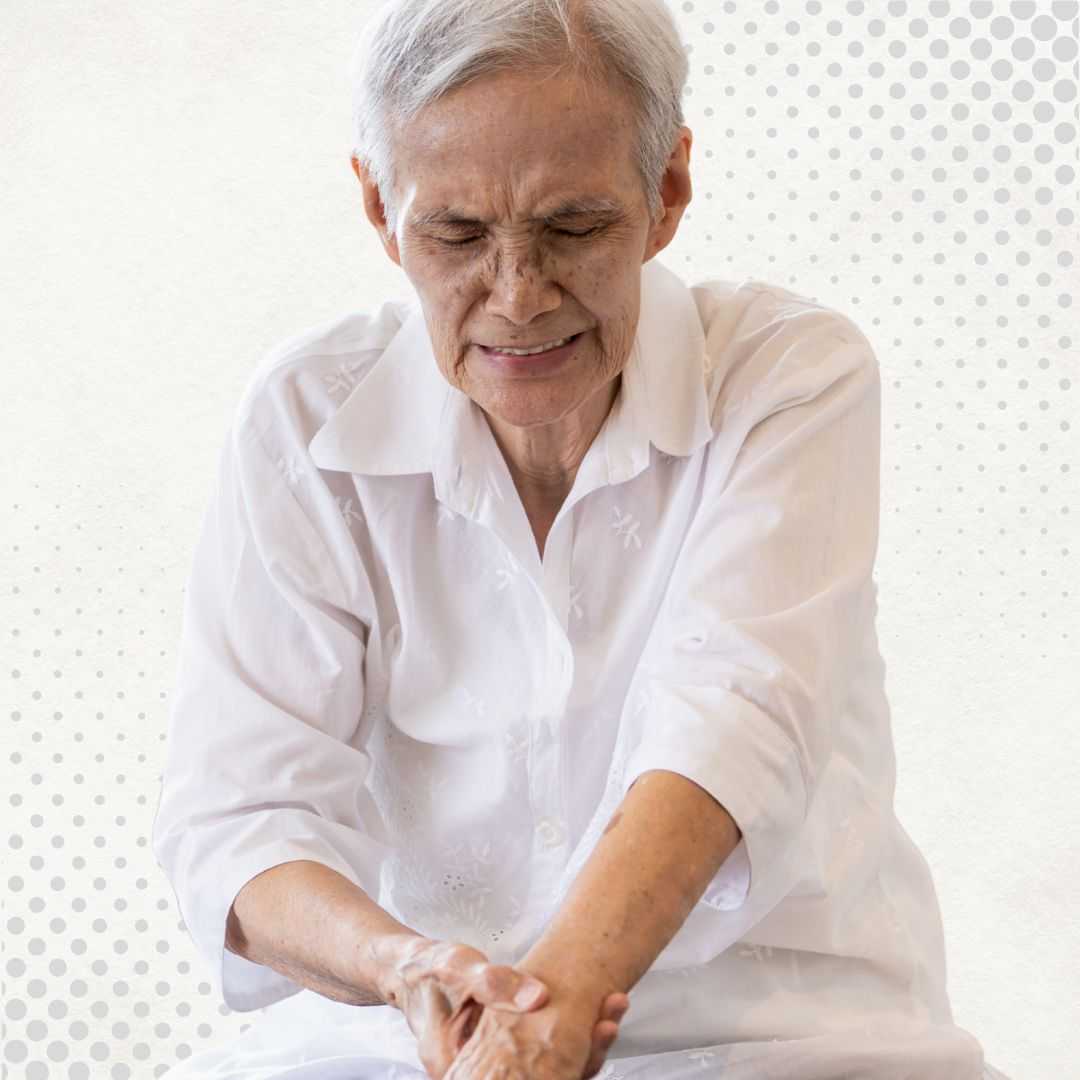




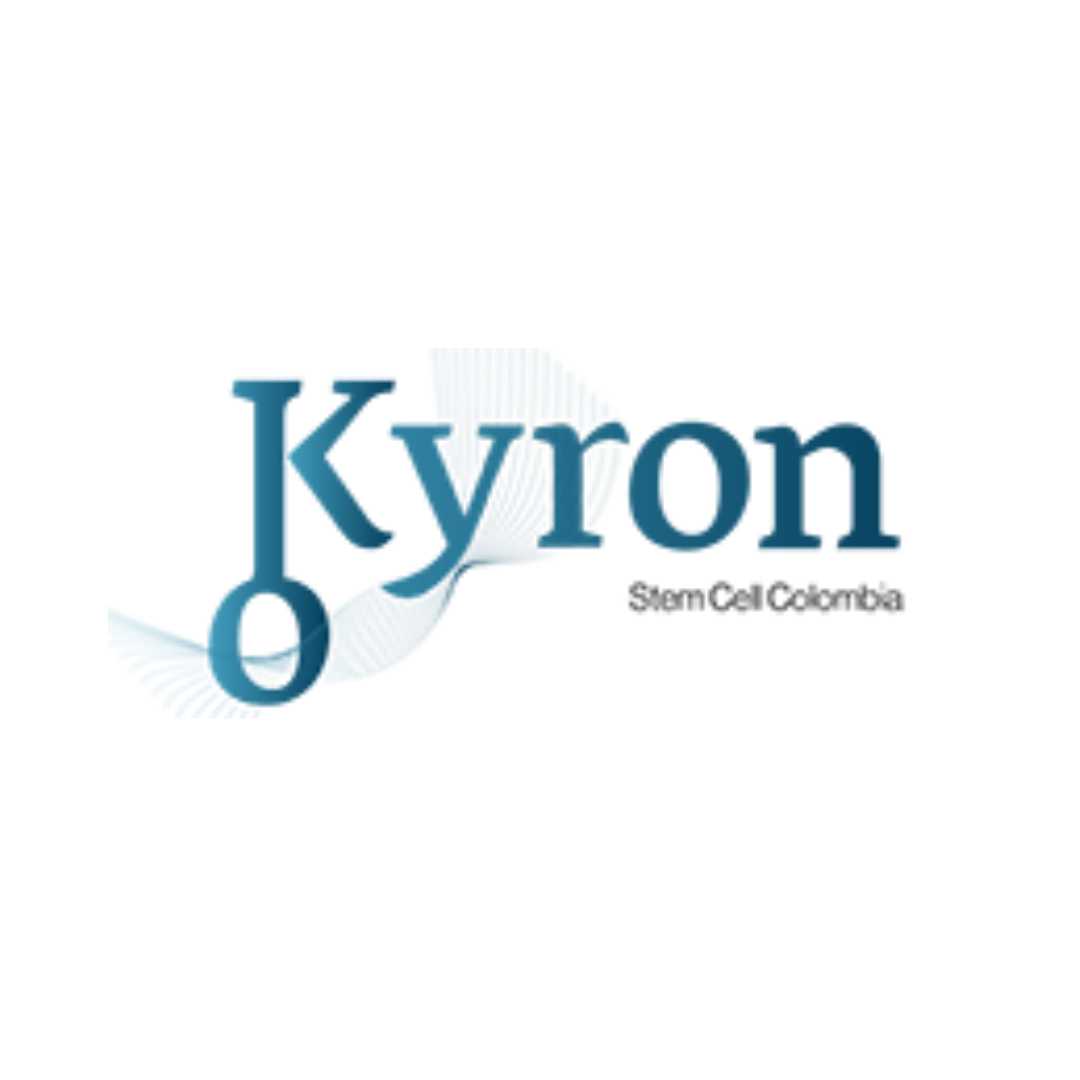

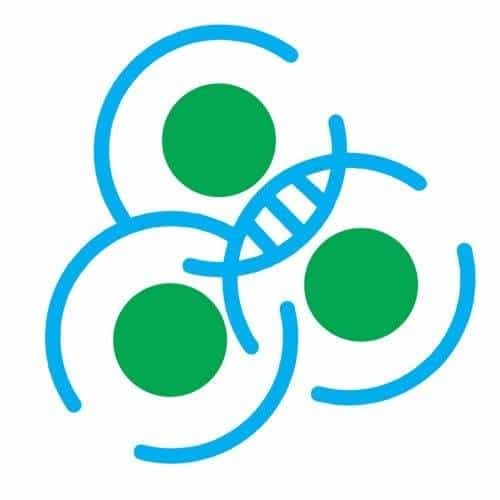

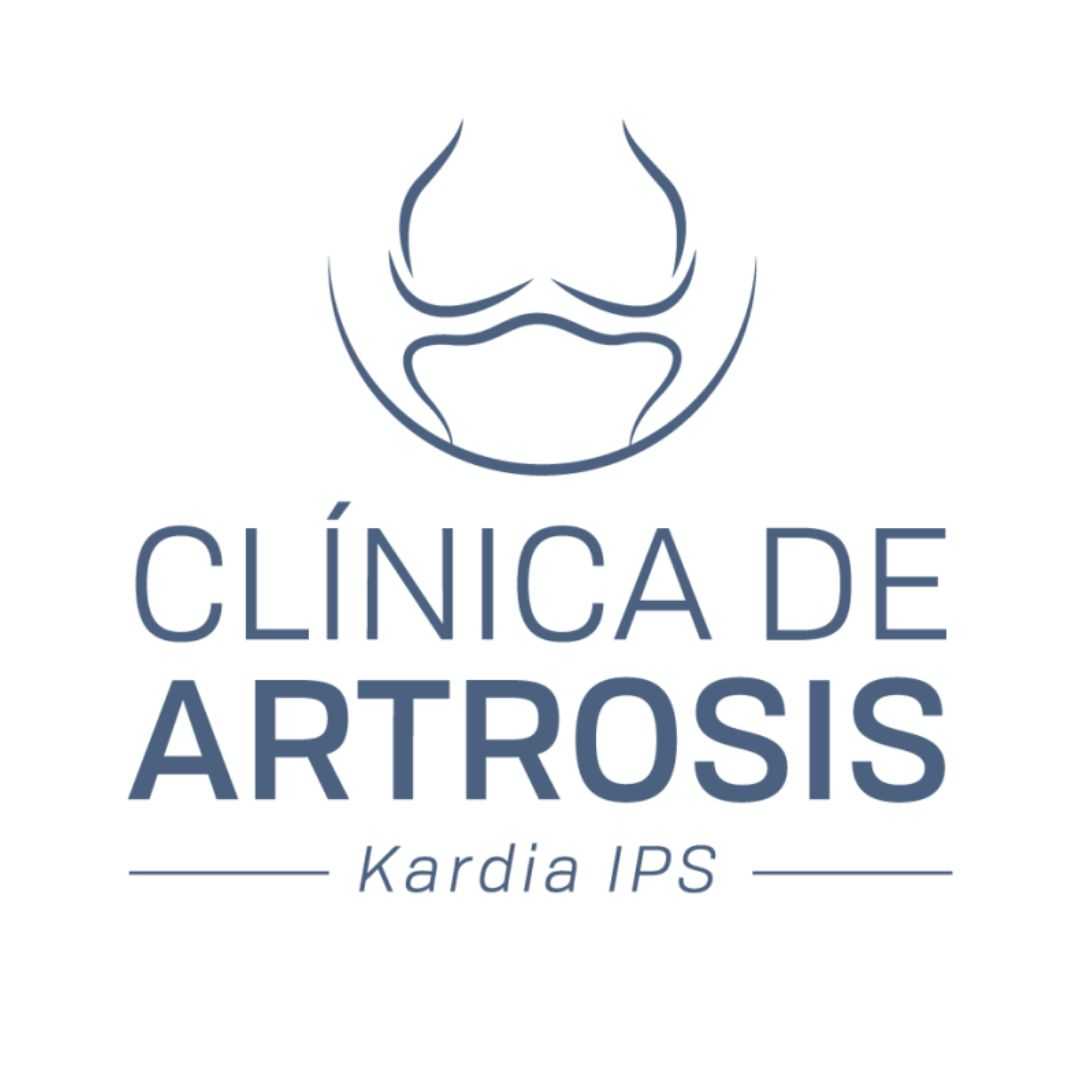

Share this listing